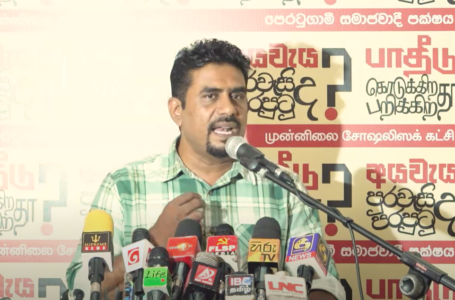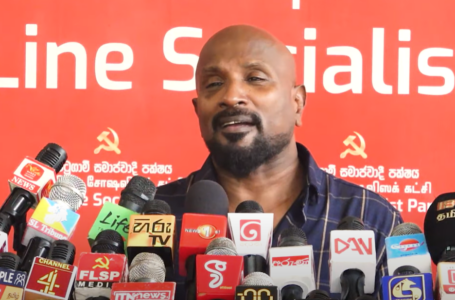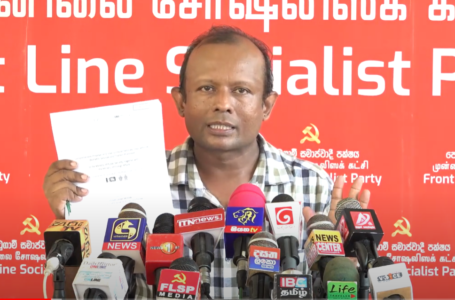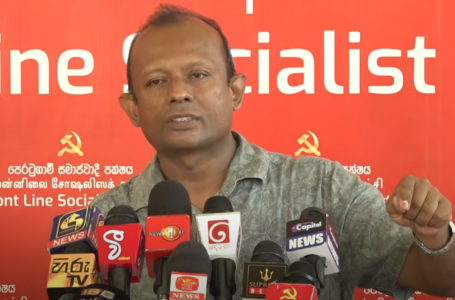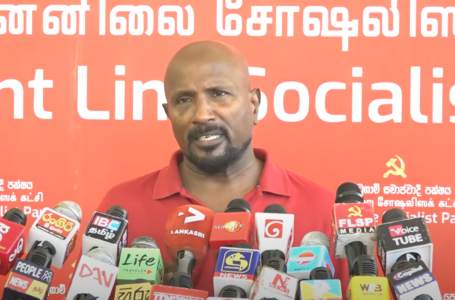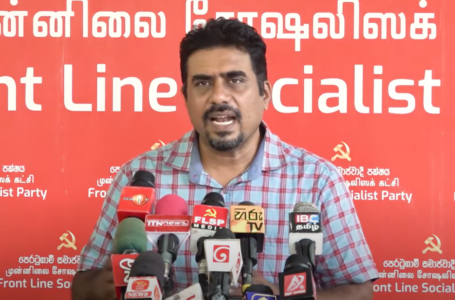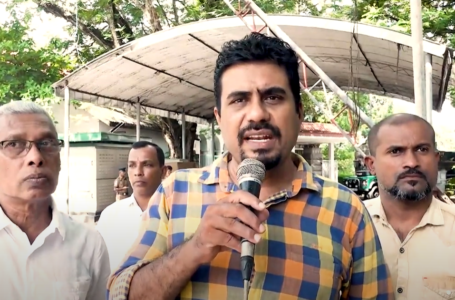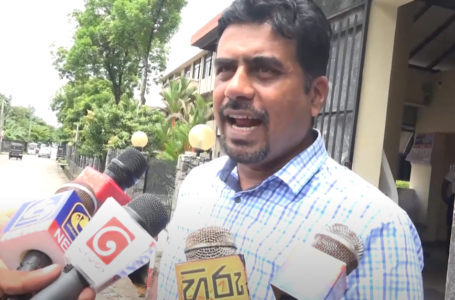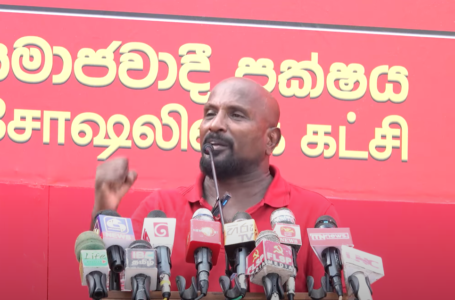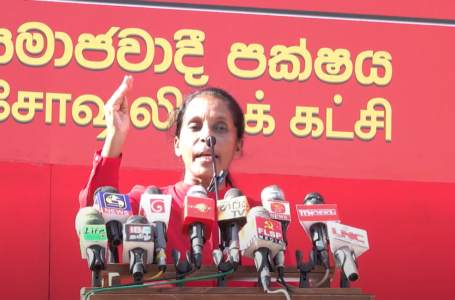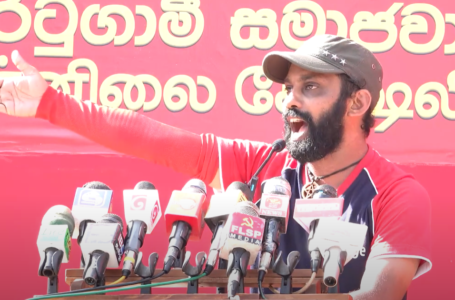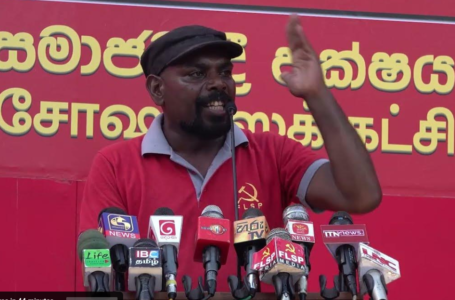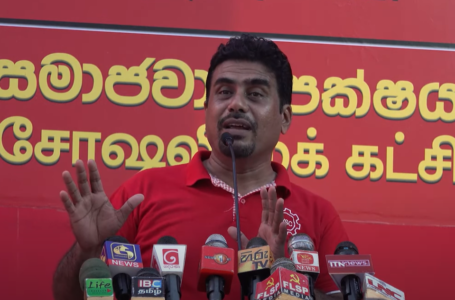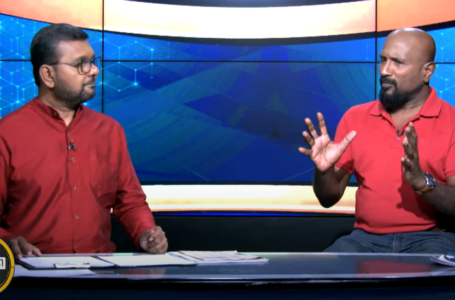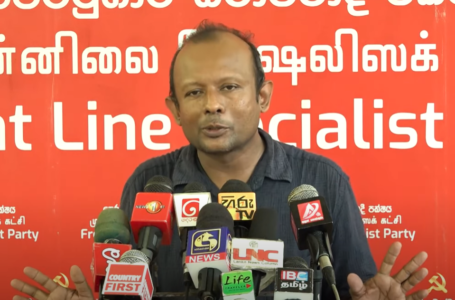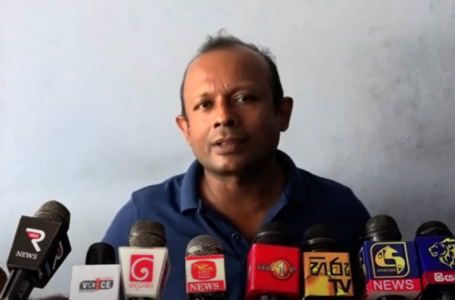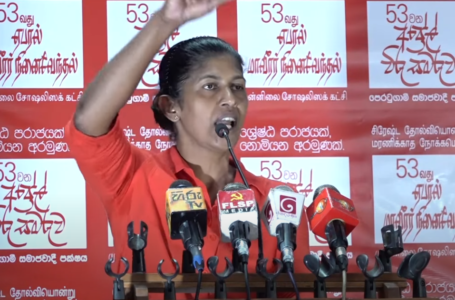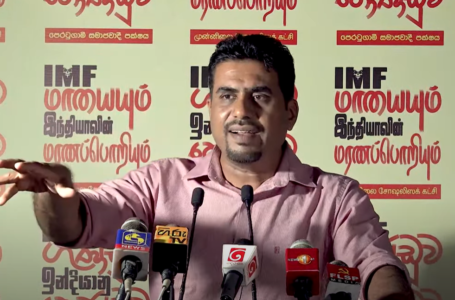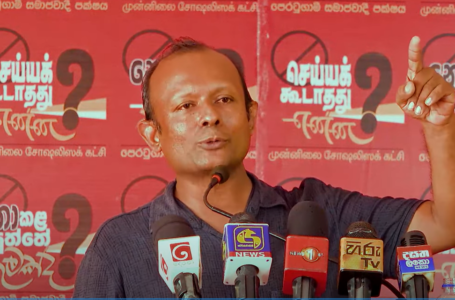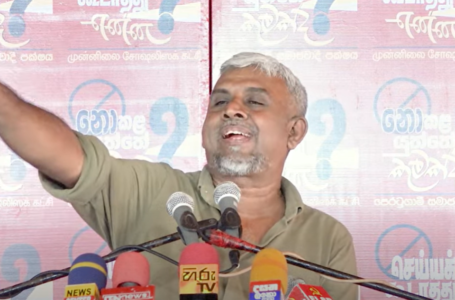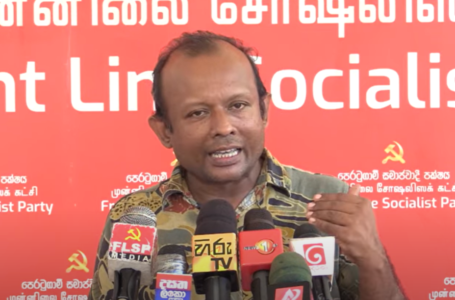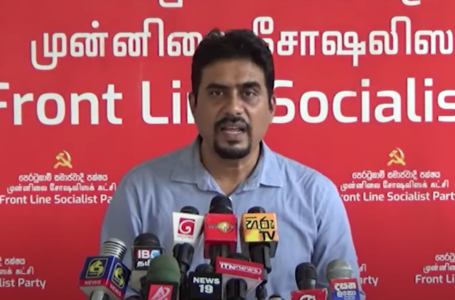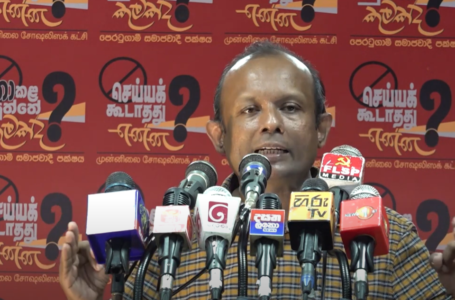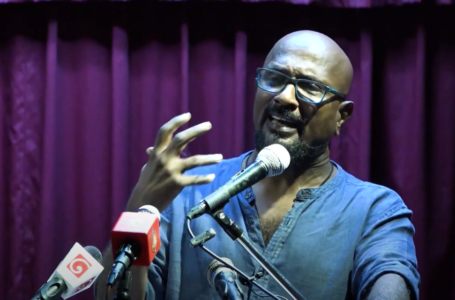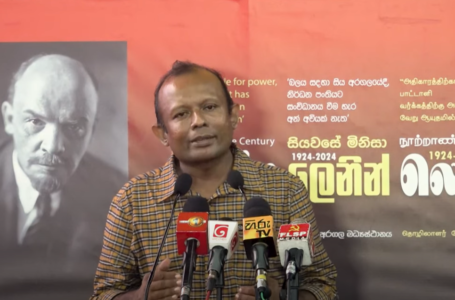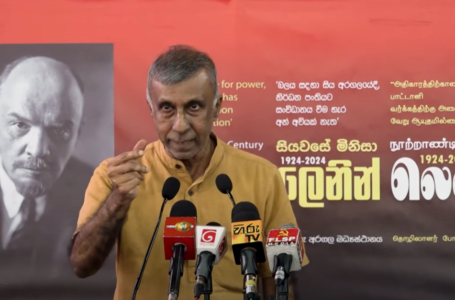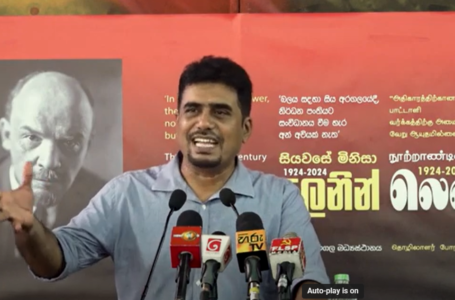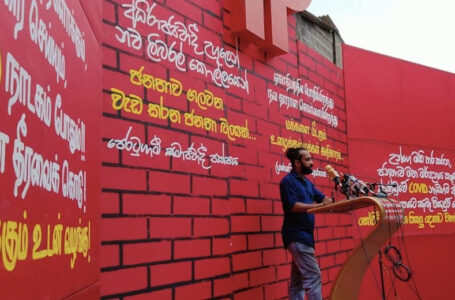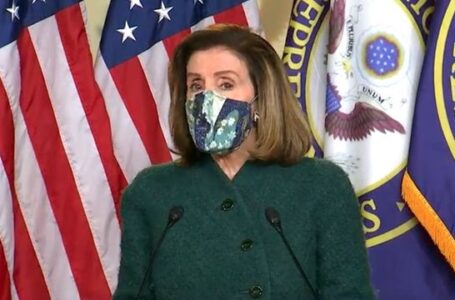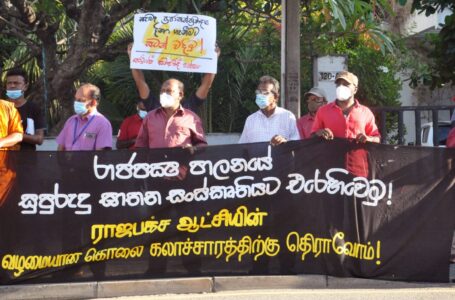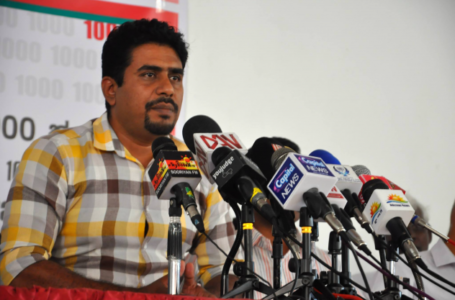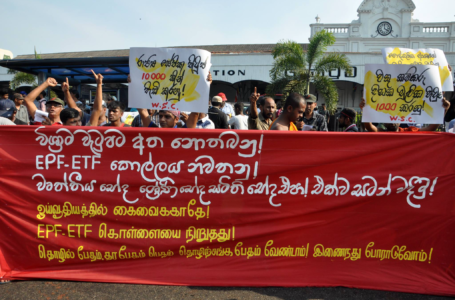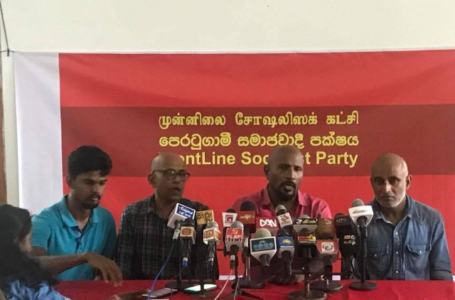Trump and January 6: The evidence of a planned political coup
- Vidhura
- February 5, 2021
- 169
- 8 minute read
Patrick Martin -The impeachment brief filed Tuesday by the nine impeachment managers from the House of Representatives makes an irrefutable case that former President Trump is guilty of advocating, preparing, fomenting and inciting the armed attack on Congress on January 6, 2021, with the goal of overturning the results of the 2020 election and maintaining himself in power.
The brief lays out coherently and in considerable detail the efforts by Trump over a period of six months. First, during the election campaign, he repeatedly cast doubt on the legitimacy of the vote if he did not win it. Then, after the polls closed, he denied the results as votes were counted by state officials, many of them Republicans, showing that Democrat Joe Biden had won by a margin of more than seven million in the popular vote, as well as in enough of the key “battleground” states to bring victory in the Electoral College.
After the members of the Electoral College in 50 states and the District of Columbia met on December 14 and formally cast their ballots, giving Biden the victory by a margin of 306 to 232, Trump, in the words of the brief, “fixated on January 6, 2021—the date of the Joint Session of Congress—as presenting his last, best hope to reverse the election results and remain in power.”
Trump summoned tens of thousands of his supporters to Washington D.C. on January 6 with promises that the event “will be wild.” He repeatedly declared that Congress had the power to overturn the electoral votes of the states he was contesting—it does not—and even that Vice President Mike Pence had the power to unilaterally reject the votes of these states—he did not.
He has repeatedly and explicitly backed the use of violence by his supporters against his political opponents, going back to the 2016 campaign, and he intensified these exhortations throughout the last weeks of 2020 and the first week of 2021. As the House brief notes, in the weeks preceding the congressional certification, Trump issued a series of incendiary statements denouncing the “rigged” and “stolen” election, calling on his followers to “fight like hell” and “fight to the death.”
The brief adds that “it was obvious and entirely foreseeable that the furious crowd … was primed (and prepared) for violence if he lit a spark.”
The House brief notes the statements at the January 6 rally by Trump’s lawyer Rudy Giuliani calling for a “trial by combat” and the declaration by Donald Trump Jr. to Republican legislators wavering on supporting the coup, “We’re coming for you.”
Finally, President Trump appeared behind a podium bearing a presidential seal. Surveying the tense crowd before him, President Trump whipped it into a frenzy, exhorting followers to “fight like hell [or] you’re not going to have a country anymore.” Then he aimed them straight at the Capitol, declaring: “You’ll never take back our country with weakness. You have to show strength, and you have to be strong.”
As these words were spoken, the crowd began surging down Pennsylvania Avenue towards the Capitol. Trump had promised to go with them but went back inside the White House to watch the action he had incited unfold on television. He reportedly watched the mob attack on the Capitol with approval and even enjoyment, while calling one senator during the attack to urge him to delay the certification proceedings as much as possible—a clear effort to coordinate the actions of his agents inside Congress with the actions of his agents outside it.
One final citation from the impeachment brief describes the scene inside the Capitol:
Rioters attacked law enforcement personnel with weapons they had brought with them or stolen from the police: sledgehammers, baseball bats, hockey sticks, crutches, flagpoles, police shields, and fire extinguishers. They tore off officers’ helmets, beat them with batons, and deployed chemical irritants including bear spray, a chemical irritant similar to tear gas, designed to be used by hunters to fend off bear attacks. Some attackers wore gas masks and bulletproof vests; many carried firearms—indeed, at least six handguns were recovered after the insurrection—while others carried knives, brass knuckles, a noose, and other deadly weapons. One officer attempting to guard the Capitol described the attack as a “medieval battle scene.”
More than 140 Capitol police were injured in the attack. Dozens of senators and representatives barely escaped with their lives, in some cases by a matter of seconds. Five people died on January 6. Many more are still suffering the effects, physical and psychological.
It is appropriate to review this material at some length, because there has arisen a noxious tendency, not only in the corporate media, especially its pro-Trump wing, but even more so among sections of the pseudoleft to downplay the events of January 6, deny the seriousness of the attack on the Capitol, and even dismiss the consequences if Trump and his crowd of thugs had achieved their immediate goals: seizing congressional hostages and bargaining their lives against a halt in the process of certifying Trump’s defeat and Biden’s election.
Here arises the profound contradiction of the political crisis in Washington. The House brief spells out, more categorically than ever before, the criminal character of Trump and his administration. Yet the congressional Democrats, who produced this indictment, are presently engaged in an all-out campaign to woo Trump’s allies in the Republican Party.
In an interview with CNN Wednesday, Representative Jason Crow, who was one of the Democratic impeachment managers in Trump’s first Senate trial one year ago, pointed out that the Senate trial would be unique because it would be “taking place at the crime scene, with jurors who were among the victims of the crime.” He did not add, however, that other jurors in the Senate trial were among those who aided and abetted the crime and should be joining Trump in the dock, rather than participating in the cover-up and whitewashing of the ex-president.
The Senate “jurors” include Josh Hawley and Ted Cruz, who led the effort to challenge the electoral votes for Biden from Arizona and Pennsylvania, as well as Tommy Tuberville, the Alabama senator Trump was trying to reach from the White House during the attack. The jurors include another half dozen senators who supported Hawley and Cruz in their objections, as well as a much larger group, headed by Republican Minority Leader Mitch McConnell, who lent credibility to Trump’s bogus claims of election fraud by refusing to acknowledge Biden’s victory for more than a month, until the Electoral College vote of December 14.
Much has been made of the decision by 45 Republican senators, including McConnell, to support the claim of Senator Rand Paul that it is unconstitutional for the Senate to try the impeachment of a president who has left office. This involves more than using a bogus constitutional argument to avoid addressing Trump’s actions on January 6. Nearly all of these 45 Republicans aided the Trump campaign to overturn the election results, in one way or another, and are politically, and perhaps even legally, accomplices in his crimes. They are covering up their own actions, not just his.
The central preoccupation of the Biden administration and the Democratic Party has been not to expose the high-level conspiracy within the Republican Party and the state behind the events of January 6 but to cover them up. Biden himself has insisted on the necessity for a “strong” Republican Party, for “unity” within the state apparatus and “bipartisanship” in the implementation of ruling class policy. As a result, not only are Trump’s co-conspirators given a complete amnesty, but despite the impeachment, Trump himself remains one of the most powerful figures in the Republican Party.
A real exposure of the political and social forces behind January 6 would reveal its connection to the interests of the financial oligarchy, and in particular, the homicidal policy of the ruling class in response to the pandemic.
The Democratic Party, like the Republican Party, is a party of Wall Street and American imperialism. It may object to fascist methods today, particularly when directed at its own leaders. But it is unreservedly committed to the defense of American capitalism against the working class—as demonstrated by the universal demand of the Democrats that schools and workplaces reopen, regardless of the danger of the coronavirus pandemic, so that capitalist profit-making can resume.
The events of January 6 are a turning point in American history. They did not, however, arise simply from the mind of Donald Trump. Trump himself is only the most putrescent expression of a protracted breakdown of American bourgeois democracy. Democratic rights are not compatible with capitalism. The fight against fascism and authoritarianism depends upon the intervention of the working class, armed with a socialist program.




